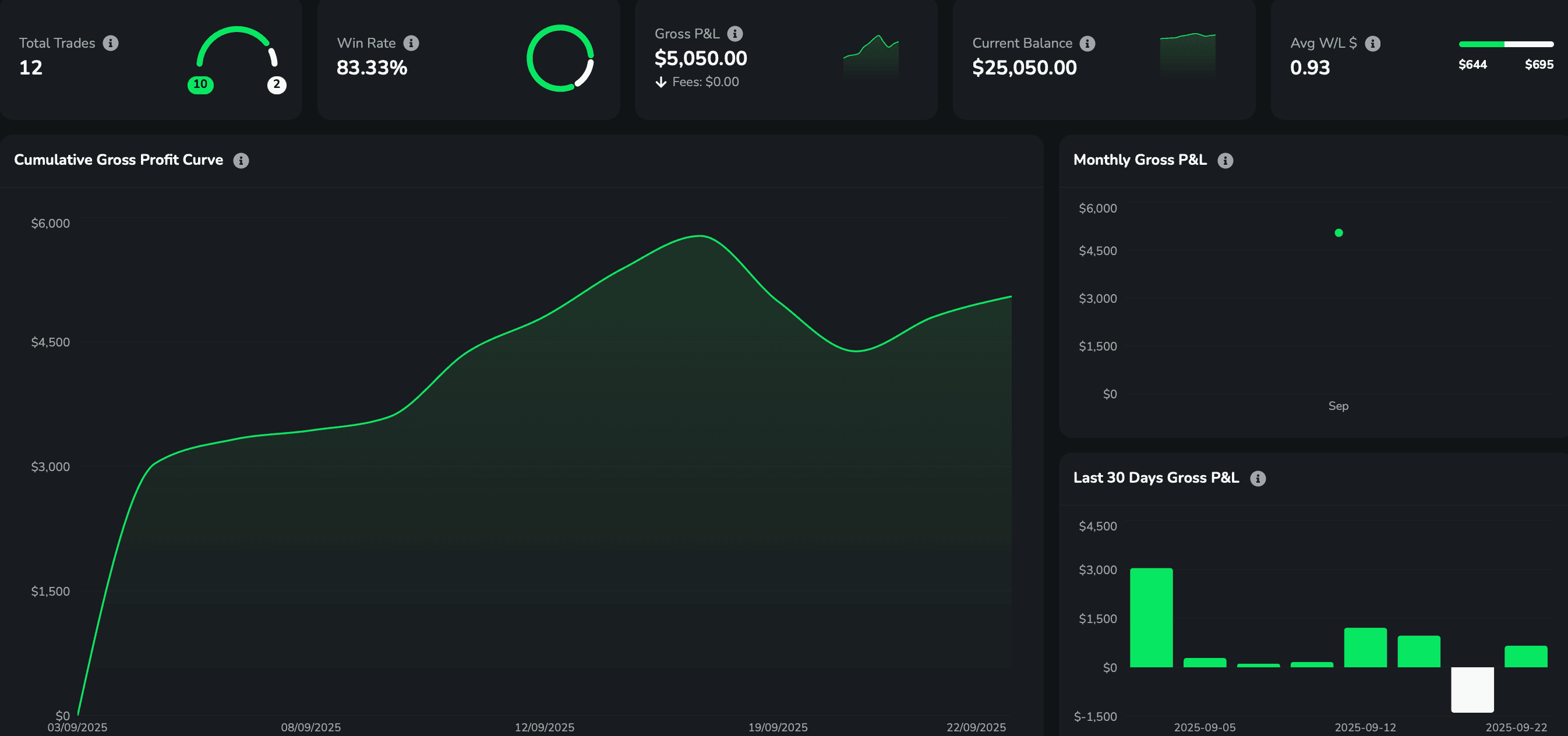Psychology & Mindset: Mastering Yourself in Trading
Most new traders think trading is only about charts, numbers, and strategies. But the truth is: your mindset can make or break your success. Even the best strategy fails if emotions take over. That’s why learning psychology and discipline is just as important as learning technicals.
🧠 Common Cognitive Biases in Trading
A cognitive bias is a mental shortcut that can trick you into making bad decisions. Here are some common ones every trader faces:
1. Confirmation Bias - You only look for information that supports your opinion. Example: You’re bullish on Tesla, so you ignore all the bearish news.
2. Overconfidence Bias - Believing you’re always right after a few wins. Example: You think you can’t lose and take oversized trades.
3. Loss Aversion - Losses feel worse than gains feel good. Example: You refuse to cut a bad trade because you don’t want to lose.
4. Recency Bias - Putting too much weight on the most recent trades. Example: You win two trades in a row and think the next one must be a win. 👉 Awareness is the first step. Once you spot these biases, you can fight back with logic and planning.
🧘 Emotional Discipline
Trading can trigger fear, greed, hope, and frustration — emotions that destroy decision-making. Fear makes you miss opportunities because you’re too scared to enter. Greed makes you hold too long, hoping for just a little more. Hope makes you stay in losing trades, wishing they’ll come back. Frustration makes you revenge trade after losses, digging a deeper hole. How to Build Discipline: 1. Set rules before you trade (entry, stop loss, take profit). 2. Stick to your risk management (never risk more than 1–2%). 3. Accept losses as part of the game. Every trader loses sometimes. 4. Take breaks after big wins or losses to avoid emotional trades. 👉 Think like a professional athlete: Stay calm, follow your training, and don’t let emotions take over.
📓 Journaling Your Trades
One of the most powerful and underrated tools is keeping a trading journal. It helps you track not only results but emotions and decision quality.

What to Write Down: Date and time of trade, entry and exit prices, why you took the trade, how you felt (fearful, greedy, confident, unsure), and what went right or wrong. Why It Helps: It reveals patterns in your behavior like panic selling or holding too long. It shows whether you’re following your rules or breaking them. It helps you grow faster by learning from mistakes. 👉 Example: You look back and realize every time you ignored your stop loss, you lost big. Journaling makes these patterns crystal clear.
🎯 Quick Takeaways
Cognitive biases trick your brain into bad trades — be aware of them. Emotional discipline is key to staying consistent and avoiding revenge trading. Journaling helps you learn from your own history and improve over time. 👉 Remember: Trading is 20% strategy and 80% mindset. Master your psychology, and you’ll have the edge most traders never build.
🔑 Congratulations! You’ve completed the Beginner’s Guide to Trading. The next step? Keep learning, keep practicing, and most importantly — keep your mindset strong and stay tuned to GAR.
